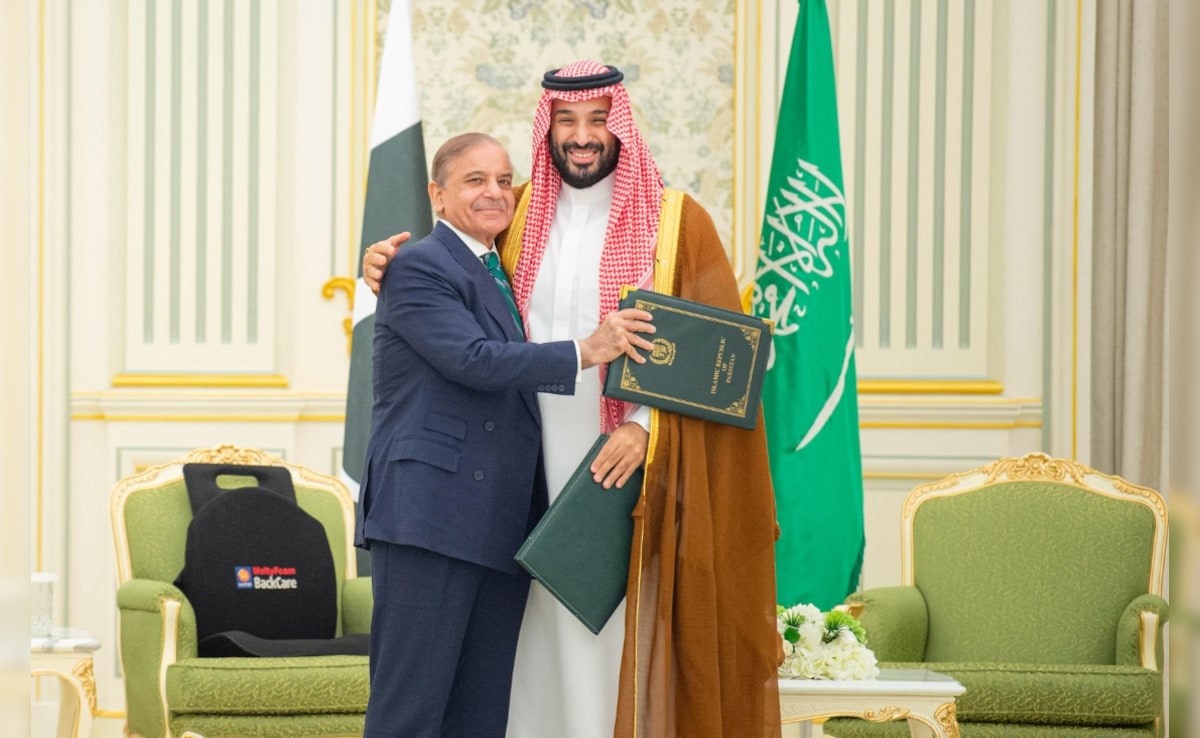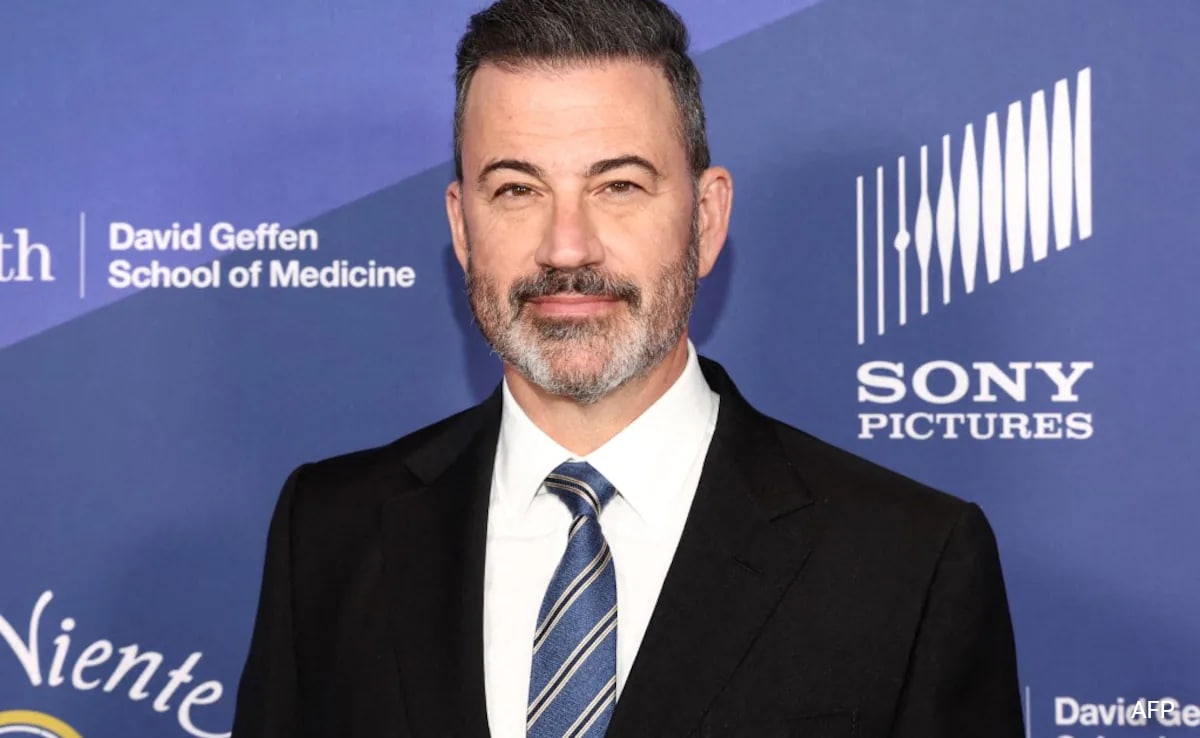“It was clear how the shelling was synchronized with the negotiation process,” the Ukrainian president said in a video address late Monday. “We do not accept such tactics. Fair negotiations are when one side does not hit the other side with rocket artillery at the very moment of negotiations.”
At least 11 people were killed and dozens hospitalized in the shelling, according to local government officials. But both Kharkiv and Kyiv, the capital, remained in Ukrainian hands as Russia faced more resistance than it was expecting, the Pentagon reported.
Here’s what to know
News•
News•
News•
Video: North of Kyiv, ordinary Ukrainians join the war effort
Return to menuKYIV, Ukraine — Along a highway flowing north from the capital, lined by businesses and tall apartment buildings, the Ukrainian fighters were taking no chances. The Russians were less than an hour’s drive up the road.
By Monday evening, the Ukrainians — a mix of soldiers and volunteers — had dug deep trenches and erected barricades of giant truck tires topped with sand. At one wide intersection they positioned multiple machine guns, including a Soviet-era heavy gun, shoulder-held antitank rockets and an antiaircraft gun with its barrels pointed at the sky.
An armored personnel carrier with a cannon was covered by a green camouflage tarpaulin. And outside one building, people were making molotov cocktails by the scores. “We are going to give the Russians lots of presents,” promised Yuriy Syrotyuk, 45, a local journalist turned fighter, an AK-47 rifle slung over his shoulder.
As Ukrainian and Russian envoys held peace talks at the Belarusian border Monday, Ukrainian forces here, driven by deep mistrust of the Russians and a desire to protect their homeland, were preparing for the worst-case scenario. That scenario was Russian tanks and soldiers pressing into Kyiv and seizing the seat of government.
This highway stretching through the city’s northern Obolon district is one of the main routes by which the Russians could attack.
A visit Monday to this fortified patch, an area the Ukrainian fighters described as “their second line,” opened a window into the efforts by ordinary Ukrainians to stand up to the Russian invasion. But it also portended a violent urban conflict, with the prospect of thousands of civilians trapped in the crossfire.
New satellite images show 40-mile-long convoy of Russian forces approaching Kyiv
Return to menuA massive convoy of Russian ground forces is wending its way closer to Kyiv, drawing within 20 miles of the center of the Ukrainian capital on Monday, a new batch of satellite images showed.
The line of Russian military vehicles stretched along the road for roughly 40 miles, far longer than initial estimates, reported the U.S. firm Maxar Technologies, which captured the photos Monday morning local time. The convoy includes armored vehicles, tanks and towed artillery, Maxar said, and it appears to be making steady progress along the war-scarred roads leading to Kyiv.
On Sunday, Maxar released images that showed the same group of Russian forces roughly 40 miles from the capital. The company’s analysts estimated then that the convoy was about three miles long, but revised their assessment dramatically upward one day later, noting that cloud cover interfered with initial projections.
The convoy cuts a menacing figure through the countryside near Kyiv, but Ukrainian troops remained defiant on Monday after weathering the most intense shelling since the invasion began, in the eastern city of Kharkiv.
At some points in the convoy, vehicles appear to be spaced many yards apart; elsewhere, they’re traveling two or three abreast. In some images, burning buildings can be seen near the road outside of Ivankiv, a settlement northwest of Kyiv.
Additional images, taken from the sky above southern Belarus, show more ground force deployments and attack helicopter units, Maxar reported. All were spotted less than 20 miles from Belarus’s border with Ukraine.
Video: Kharkiv resident shows aftermath of strike in residential area
Return to menuRussian forces bombarded the eastern Ukrainian city of Kharkiv on Monday in some of the heaviest shelling since the invasion began. At least 11 people were killed and more were injured, Ukrainian officials said. Suspected cluster munitions struck buildings in residential parts of the city.
Kharkiv resident Alexey Zavrazhnyi, 32, said a rocket fell on the opposite side of a playground near his apartment, damaging the area where Zavrazhnyi said he takes his 9-month-old daughter to play. Another rocket part was embedded in the concrete outside a storefront, about 150 feet from the playground.
Video posted on Telegram shows the instant the rocket flew into a crowd outside the storefront, and an object hurtling away in the direction of the playground moments later.
While Zavrazhnyi said there were two rockets, experts The Post spoke to said each looked like a different part of the same munition type. Michael Sheldon, a research associate at the Atlantic Council’s Digital Forensic Research Lab, said it appeared to be a 300mm Smerch rocket. Mark Hiznay, associate director of the arms division of Human Rights Watch, noted that the rocket part embedded in the concrete appeared to be the Smerch’s expended rocket motor, and the part near the playground looked like the tail section.
Miriam Berger, Dalton Bennett, Sarah Cahlan and Joyce Sohyun Lee contributed to this report.
Video shows Ukrainians using Turkish-made drone to take out Russian missile system, experts say
Return to menuThe Ukrainian military on Monday released video reportedly showing a drone striking on a Russian surface-to-air missile system in Ukraine. The Washington Post verified the video’s location but was not able to independently confirm the date of the drone strike.
The unit’s heads-up display indicates it is a Turkish TB2, according to Wim Zwijnenburg, a project leader for humanitarian disarmament at the Netherlands-based organization Pax, which focuses on protecting civilians from acts of war.
The 86-second video, which appeared to be clips cut from longer footage, shows an initial strike on Russian forces in the Polis’kyi district, about 65 miles northwest of Kyiv, the capital.
The drone then pulls back and watches a massive explosion near where the missile struck, sending sparks into the air and building smoke that obscures the drone’s view.
Rob Lee, a former Marine infantry officer who is now a senior fellow with the Foreign Policy Research Institute, identified on Twitter the destroyed weapons as a Russian Buk-M1. Several other weapons experts corroborated his identification.
Ukraine first bought Bayraktar TB2 drones from NATO member Turkey in 2019. The drones, which have featured prominently in conflicts in Libya, Syria and recently in Ethiopia, were used in Ukrainian strikes against Russia in October 2021.
The addition of Turkish drones to Ukraine’s arsenal has been a major source of tension for Russia. In a December phone conversation with Turkish President Recep Tayyip Erdogan, Russian President Vladimir Putin called the Ukrainians’ use of Turkish-made drones “destructive behavior,” according to a Kremlin readout on the call.
A Ukrainian mechanic heard about attacks in Kyiv, so he tried to sink a superyacht
Return to menuDevastated by footage showing a Russian missile striking an apartment building in Kyiv, a Ukrainian mechanic tried to sink the superyacht he worked on, saying its owner might have supplied weapons used in the invasion.
Taras Ostapchuk had worked on the $7 million Lady Anastasia for about a decade, reported Ultima Hora, a newspaper in Spain’s Balearic Islands. The 156-foot luxury yacht was docked at Port Adriano on the Spanish island of Mallorca.
After watching the footage on his cellphone during a break Saturday, Ostapchuk grew angry because he thought the weapons might have been supplied by his boss, whom he identified as the head of a Russian state-owned military-products supplier. The Washington Post was unsuccessful in confirming the ownership of the yacht Monday.
Ostapchuk decided to sink the yacht, he said in a statement to law enforcement and in media interviews.
“I told myself: ‘What do I need a job for if I don’t have a country?’” Ostapchuk told Ultima Hora.
The Lady Anastasia partially sank. Ostapchuk was arrested and appeared Sunday in court, where he recounted his actions before a judge. He was unapologetic.
“I don’t regret anything I’ve done, and I would do it again,” he said, according to Ultima Hora. He added that Russian forces “were attacking innocents.”
Neus Canyelles Nicolau, Ostapchuk’s attorney, confirmed details of the account in a Monday interview with The Post. An investigation is underway, and Ostapchuk faces charges for allegedly damaging private property, she said.
Map: Latest ground advances of Russia into Ukraine
Return to menuThe Russian military is reorganizing after the first few days of mostly unsuccessful operations, according to the Institute for the Study of War, a Washington-based group that researches military tactics “to achieve U.S. strategic objectives.”
Troops around Kyiv are waiting for reinforcements, and artillery is causing severe damage to civilians and infrastructure in Kharkiv. While advances in the south seem to have slowed down in recent hours, Russian forces have launched a new assault on Mariupol from the east.
Decades after Chernobyl, war raises nuclear fears in Ukraine
Return to menuThe International Atomic Energy Agency announced Monday that it would convene an emergency meeting Wednesday as fighting closed in on the largest of Ukraine’s functioning nuclear plants.
Six of the country’s 15 reactors have been disconnected from the electricity grid to reduce cooling needs, according to the State Nuclear Regulatory Inspectorate of Ukraine. The 15 Soviet-era reactors had provided half of the nation’s electricity in peace time.
Both sides vied for control of Ukraine’s biggest nuclear power complex Monday. The Russian Defense Ministry was quoted in state-run media as saying that its forces had taken control of “the territory around” the nuclear power complex in Zaporizhiya.
“The plant personnel are continuing to service the site and control the radioactive situation as usual. Background radiation levels are normal,” the defense ministry said.
However, Ukraine’s state-owned firm Energoatom said the Russian assertion was false. The International Atomic Energy Agency said “additional information” from the operator of the reactors confirmed that Russian forces were “operational near the site but had not entered it.”
While a direct attack on Ukraine’s nuclear infrastructure seems unlikely, experts raised the alarm that an inadvertent strike by a missile or air attack could trigger a disaster.
International court to investigate possible war crimes in Ukraine, prosecutor says
Return to menuThe International Criminal Court’s prosecutor said Monday that he will seek to investigate potential war crimes and crimes against humanity in Ukraine “as rapidly as possible.”
The announcement came the same day that Ukrainian President Volodymyr Zelensky said Russia’s shelling of Kharkiv amounts to a war crime and called for an international tribunal to step in.
The Hague-based ICC investigates what it calls “the gravest crimes of concern to the international community,” including genocide and attacks on civilians, and it holds trials for alleged perpetrators. Not all countries recognize the body — Russia withdrew its signature from the founding treaty years ago — and the ICC calls itself a “court of last resort.”
The ICC has been examining alleged crimes in Ukraine since 2014, when President Viktor Yanukovych declined to sign an association agreement with the European Union under pressure from Russian President Vladimir Putin. Protests and deadly clashes ensued, and parliament eventually removed Yanukovych from office.
Then Russia took over the Crimean peninsula. Years of violent conflict followed. The ICC’s office of the prosecutor wrote in late 2020 that its preliminary inquiry found a “reasonable basis to believe” that myriad serious crimes were committed in Ukraine, including torture, persecution and intentional attacks on civilians.
Prosecutor Karim A.A. Khan echoed in a statement Monday that there is “a reasonable basis to believe that both alleged war crimes and crimes against humanity have been committed” during the period already examined. He said he wants to investigate the latest violence as well.
Ukraine is not a party to the ICC, Khan said, so it cannot refer its “situation” for investigation. Khan said that he needs authorization from the court’s judges and that a referral from a country that is part of the ICC could help expedite things.
Khan said he has “already tasked my team to explore all evidence-preservation opportunities.”
Zelensky: Russia’s shelling is a war crime, and the West should impose a no-fly zone for Russian planes
Return to menuMUKACHEVO, Ukraine — Russia’s intense shelling Monday of Kharkiv, Ukraine’s second-largest city, amounted to a war crime, Ukrainian President Volodymyr Zelensky said Monday evening.
“Russian forces today brutally shelled Kharkiv with rocket artillery,” Zelensky said in a video posted to his Facebook page. “This is clearly a war crime. Peaceful city, peaceful residential areas, not a single military facility. Dozens of eyewitness videos prove that this was not a separate errant strike, but a deliberate destruction of people.”
Zelensky said that the West should impose a no-fly zone for Russian missiles, planes and helicopters, and that the Kremlin has launched 56 rocket strikes and fired 113 cruise missiles since the invasion began.
Monday’s shelling was particularly egregious, Zelensky said, because it occurred as representatives from the two countries were holding their first diplomatic discussions since the start of the war. Officials, who met near Ukraine’s border with Belarus, began talks as the Russian bombardment escalated, the president said.
“It was clear how the shelling was synchronized with the negotiation process,” Zelensky said. “We do not accept such tactics. Fair negotiations are when one side does not hit
.png)











 English (United States) ·
English (United States) ·  Turkish (Turkey) ·
Turkish (Turkey) ·